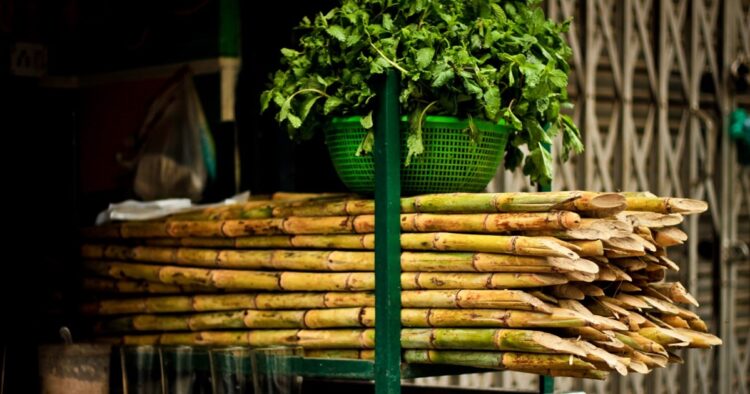The food ministry made a new rule allowing the use of sugarcane juice to make ethanol for the upcoming year. This change came shortly after they initially banned the use of sugarcane juice and sugar syrup to ensure there’s enough sugar in the market and to control prices.
In their latest instruction to sugar mills and distilleries, the ministry stated that oil marketing companies (OMCs) will provide a new allocation for making ethanol from sugarcane juice and B-heavy molasses for the upcoming supply year. The OMCs have to let the ministry know once they’ve finalized these new contracts.
After getting the revised allocation, sugar mills and distilleries must stick to producing ethanol strictly based on the specified quantities of cane juice and B-heavy molasses. They are not allowed to divert these materials for making other alcohol types.
The directive also emphasizes that distilleries using molasses should focus on making ethanol from C-heavy molasses. This decision was made during a meeting of ministers, according to the Food Secretary, Sanjeev Chopra.
The government decided to allow flexibility in using both cane juice and B-heavy molasses, but there’s an overall limit on how much sugar can be diverted—up to 17 lakh tonnes for the upcoming supply year (2023-24). Before the ban, 6 lakh tonnes of sugar had already been redirected for ethanol production.
To give you a broader picture, the government expects a decrease in sugar production for the upcoming season—estimated to be around 32.3-33 million tonnes, compared to 37.3 million tonnes in the previous season.

















Comments